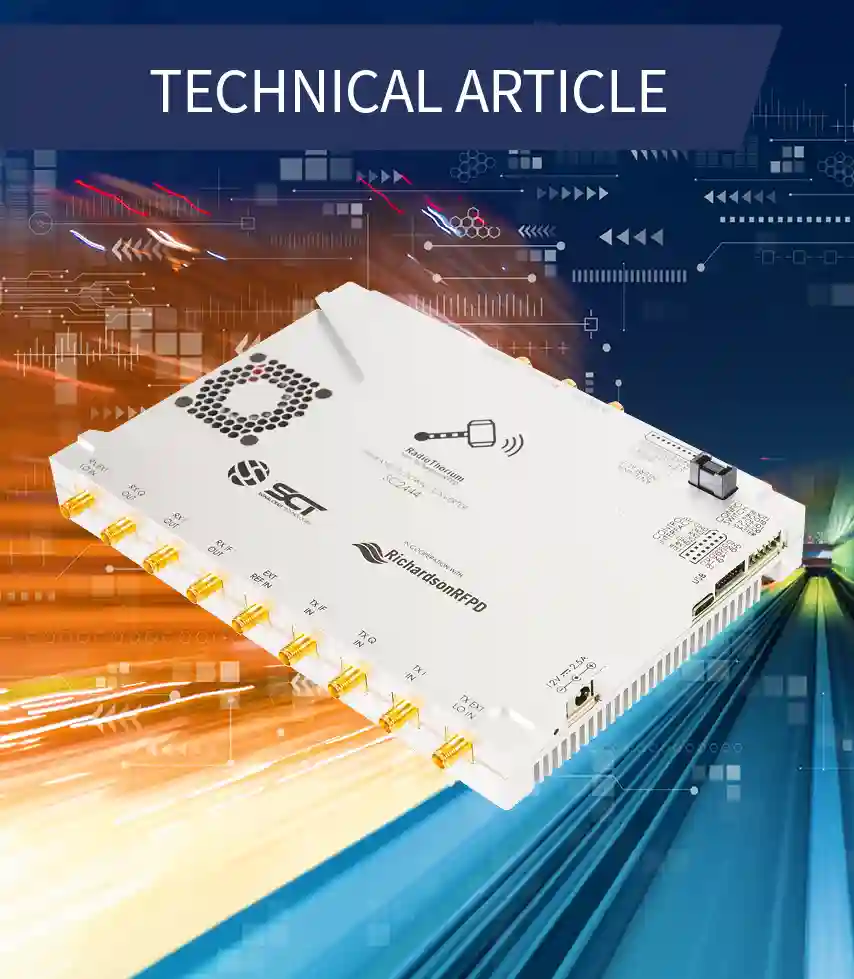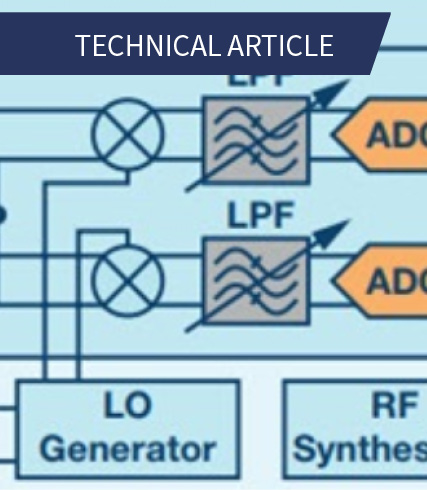Circuits from the Lab® reference designs are engineered and tested for quick and easy system integration to help solve today’s analog, mixed-signal, and RF design challenges.
CIRCUIT FUNCTIONS AND BENEFITS
Phase locked-loop (PLL) frequency generation circuits are ubiquitous across multiple industries and applications including basic FM broadcast band receivers, digital communications, aerospace, instrumentation, RADAR, and electronic warfare. PLLs are used to generate radio frequency (RF) and intermediate frequency (IF) signals from less than 1MHz to tens of GHz and higher. Application requirements vary widely, and PLL design and optimization involves trading off parameters such as power consumption, phase noise, frequency tuning range, frequency resolution, and lock time.
An important design tradeoff which must be considered that often results in undesirable performance compromises is that of frequency range versus phase noise performance. Wideband voltage controlled oscillators (VCOs) offer wide frequency range at the expense of optimal phase noise performance. In contrast, narrowband VCOs provide improved phase noise at the expense of tuning range achievable. It is possible to multiplex several narrowband VCOs to achieve a wider tuning range, but this is often not practical – complicated external circuitry is required to switch power to individual VCOs and select the appropriate RF output.


Related Content

RadioThorium in TDD and FDD Configurations
This use case outlines the procedure and profile setting of the RadioThorium module for baseband TDD and IF-mode FDD configurations.

Next-Generation Military Communications Challenges
The next generation of MILCOM platforms will need to leverage more modern communication technologies that have been developed to enable commercial platforms such as cell phones and Wi-Fi.

A Review of Wideband RF Receiver Architecture Options
This article compares the benefits and challenges of three common receiver architectures: a heterodyne receiver, a direct sampling receiver.